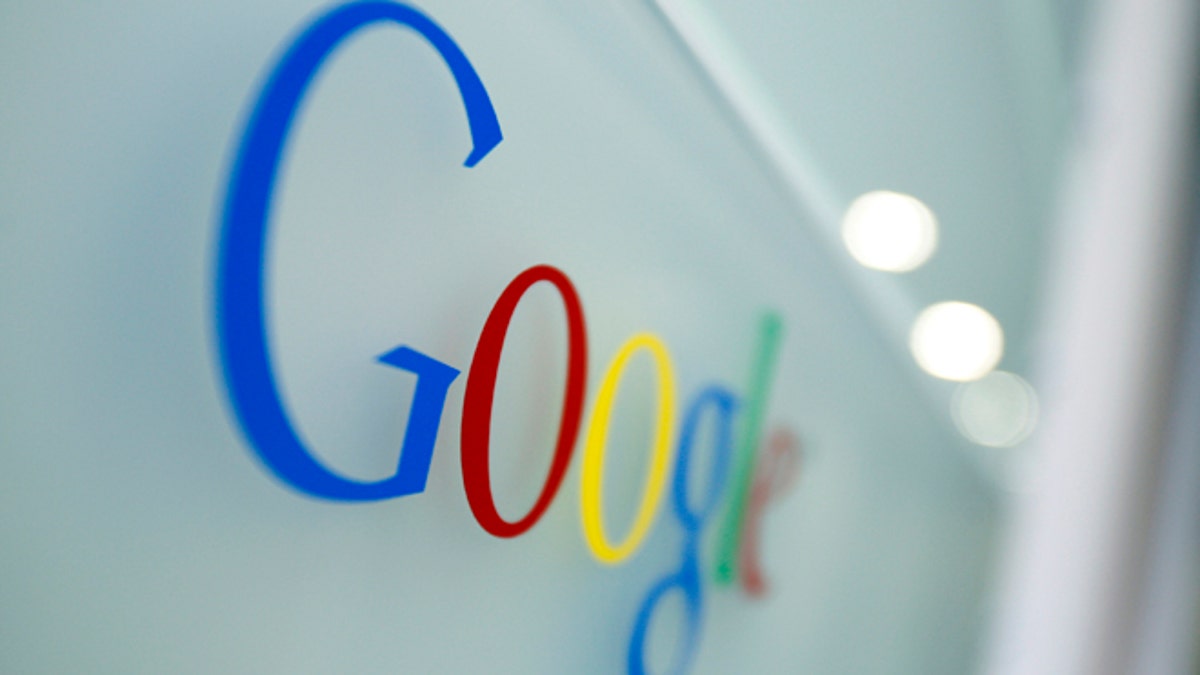
(AP Photo/Virginia Mayo, File)
When Google came out with its workforce demographic figures last year, it became clear that diversity is a science the Internet colossus has yet to master.
Women made up 30 percent of the company's overall workforce in the U.S., while Hispanics and blacks accounted for only 3 and 2 percent, respectively.
“This is not just a supply-side issue, and our industry needs to do much more to be fully inclusive,” Google’s executive chairman, Eric Schmidt, told Fox News Latino in an emailed statement. “We know that encouragement goes a long way to helping underrepresented kids choose – and succeed in – computer science,” he added.
Schmidt said his company is committed to getting teachers, mentors and parents the tools needed to increase the participation of minorities in STEM-related fields (science, technology, engineering and mathematics).
But the company's diversity numbers are even bleaker when you focus on higher-earning positions. Latinos make up only 2 percent of its tech workforce and just 1 percent of its leadership positions. On the other end of the wage spectrum, Latinos currently make up 74 percent of the tech industry’s groundskeepers and 68 percent of its janitors, according to research by Working Partnerships USA.
Catherine Singley, Manager of the Economic Policy Project at the National Council of La Raza, said action is needed from very early on in order to reverse this trend.
“[The effort] begins in elementary school with career awareness, on to high school with internships, and through college with opportunities for students to pursue careers in tech,” she said.
“Building a career lifecycle takes a lot of resources,” she added.
Singley said the tech savvy of young Latinos is particularly promising, but it doesn’t necessarily translate into technical capability.
“Just because you have a smartphone doesn’t mean that you can build one,” she said.
One of the resources Google has created in its effort to increase diversity is a program aimed at women and minorities between the ages of 9 and 14 that hopes to entice them to the computer science universe. Called CS First, the program provides “free, easy-to-use computer science enrichment materials that target and engage a diverse student population.”
Google is also partnering with Hollywood to change the narrative of Hispanics and minorities in media. In the ABC Family show, "The Fosters," Colombian-American actress Cierra Ramirez plays Mariana, a popular teenage student who embraces cheerleading – and coding.
“Even Obama pointed out that you don’t ever see women or people of color in STEM,” Cierra Ramirez said at the 5th Annual Science Fair held last month at the White House.
“To be able to represent people of color and young girls in STEM – girls that look like me – I feel like I’m doing my job right,” the 20-year-old actress told Fox News Latino.
Google has sought input from the Latino business community as well. “To Google’s credit, they came to us long before this was made public and said, ‘Listen, we have a challenge. We’d like to engage you to fix the challenge. We recognize there’s room for improvement and we’re dedicated to that improvement,’” said Javier Palomarez, president and CEO of the U.S. Hispanic Chamber of Commerce.
To date Google has been reluctant to publicly discuss the effect, if any, its diversity effort is having on recruitment. Companies with more than 100 employees are required to file their diversity information with the U.S. Equal Employment Opportunity Commission, but the EEOC is prohibited from making that data public.
“Sadly, the numbers aren’t changing,” said Sen. Bob Menendez (D-N.J.) in a prepared statement at last month’s Hispanic Chamber of Commerce’s Legislative Summit in Washington, D.C. “From the classroom to the boardroom and in every economic sector, we’re still seeing Latinos, women, and other minorities underrepresented,” he wrote.
Sen. Menendez leads an annual survey to measure corporate diversity, which this year focused on female and minority representation at Fortune 100 companies.
“Comcast I would hold up as exemplary,” said Palomarez. “Verizon? AT&T? Same thing: Amazing partners doing amazing work with all minority communities.”
Google did not participate in this year’s survey.
One way Comcast encourages diversity in its boardrooms is by requiring that at least one person of color be interviewed for any position at the vice president level or above. As a result, between 2010 and 2013, 40 percent of the company’s net hires and promotions into this bracket have been people of color.
“For us, diversity and inclusion is a business priority that extends across all areas of our business,” said Comcast's vice president of diversity and inclusion Maria G. Arias. “We are proud of our progress and continue to work to become the model company for diversity and inclusion.”
